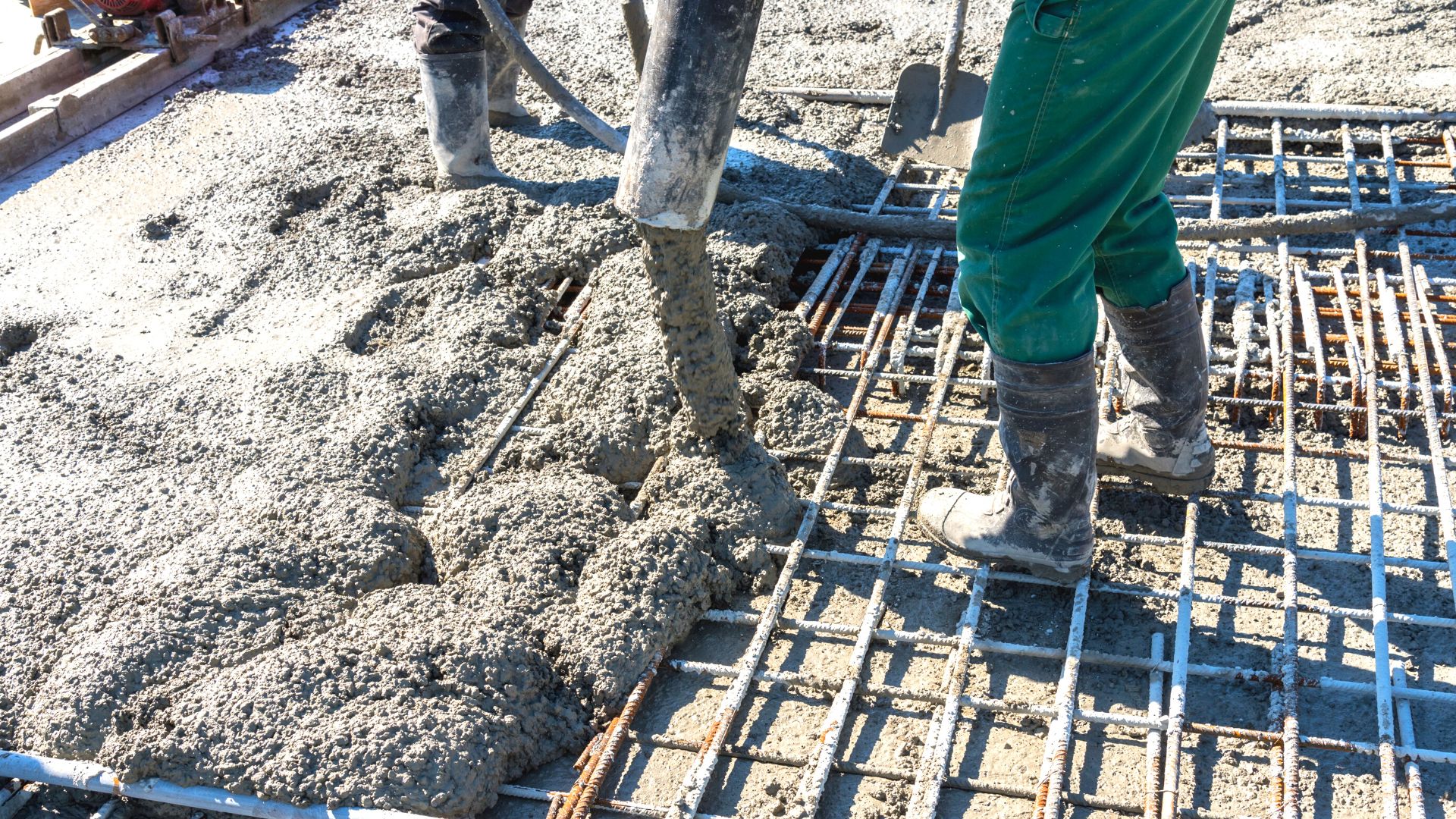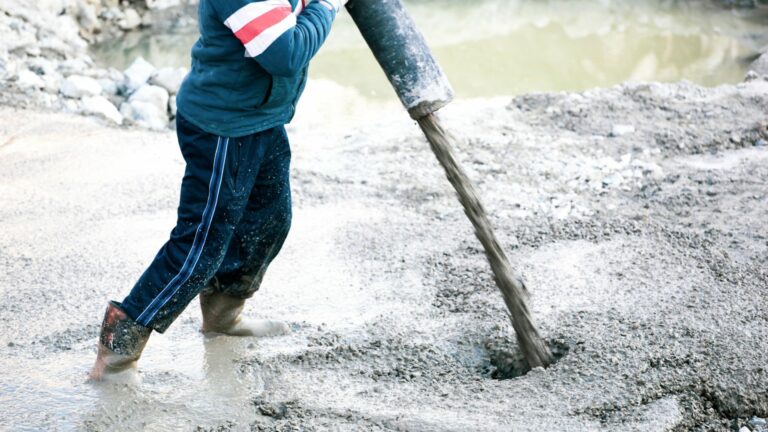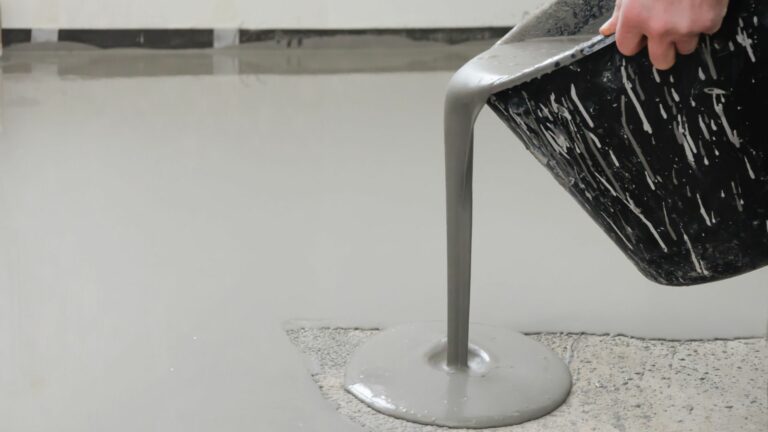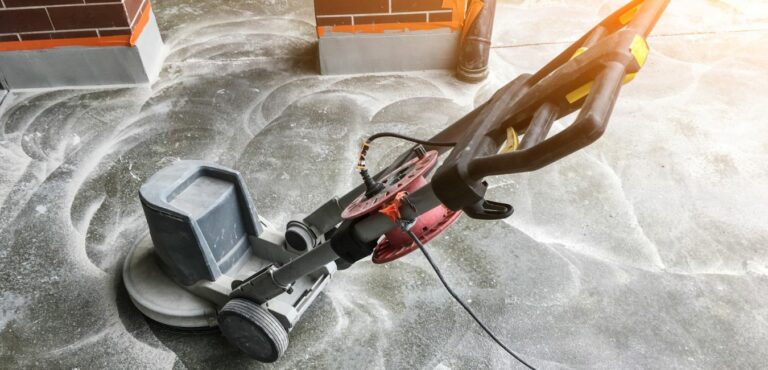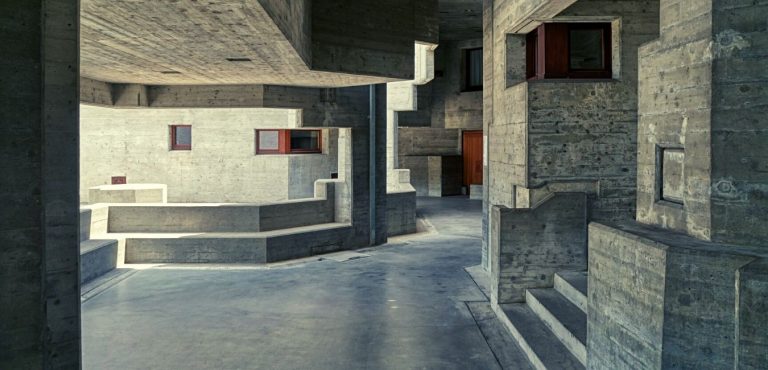A concrete calculator estimates the volumes required for concrete slabs, steps, walls, curbs, footers, and gutters. The estimated volume of concrete needed to make a structure is measured in cubic yards. It is based on the dimensions of the structure in imperial or metric units.
The concrete calculator also factors the price per cubic foot to determine the estimated total cost of materials. To calculate concrete, you solve for volume and then convert this to cubic yards.
To calculate concrete for slabs, add ¼ of an inch to the slab thickness, assuming that the job is evenly graded to the proper depth. After finding the overall thickness of the slab, compute the volume to determine how many bags of concrete you need for a given slab. Compute the cost per bag, cost per unit area, and the overall material costs.
If the grade is uneven, you will need to fix the quality first.
Footings rarely follow the exact drawing, so it is essential to calculate the proper width. Calculate the true width and depth of a footing to get an average size. You can use a concrete calculator to estimate the amount of concrete necessary for the footing.
Never include the exact amount, but always include a margin of safety in your calculations.
There are two types of concrete; bagged and ready bagged concrete. Concrete is a viscous fluid made by mixing cement with water, sand, and other required aggregates. Concrete must be adequately mixed to achieve desired strength and uniformity. Since concrete is a vital material in construction, it is essential to ensure you accurately measure the required concrete to cover a particular area or structure using a concrete calculator.

